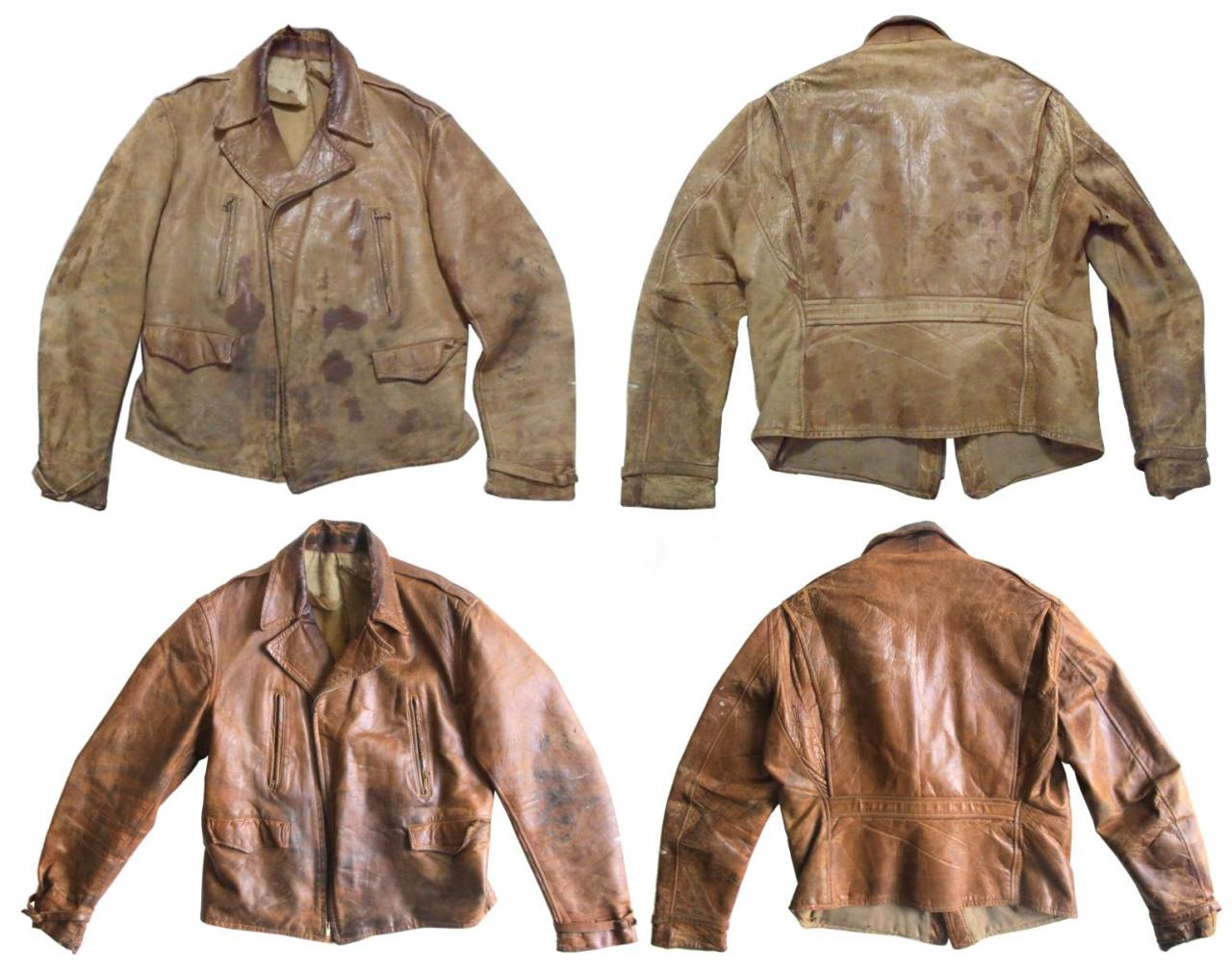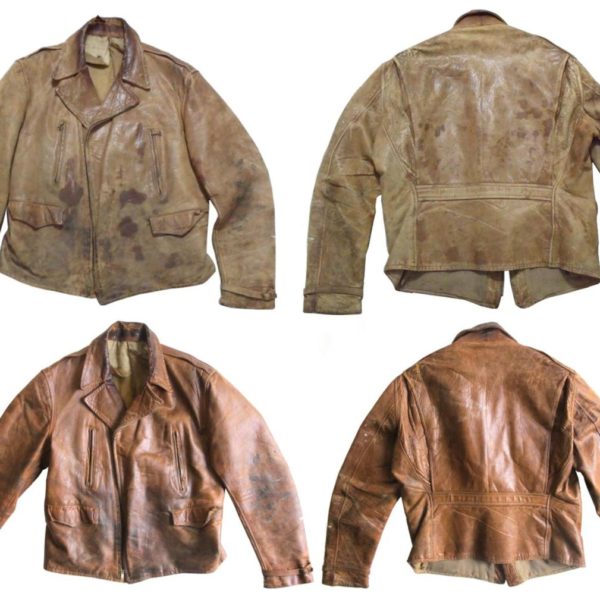
Folks who have read our blog for a while are probably familiar with the importance of treating leather shoes to conditioner every once in a while. Leather is a skin and needs to be routinely moisturized, otherwise it can dry out and crack. The same actually goes for almost any leather products, including leather jackets. Only here, you may need a different conditioner. Lexol, for example, is perfectly fine for shoes, but can be too watery for garments. If you apply it to a jacket, it can seep through the shell and stain the lining.
For garments, many leather care experts recommend Pecard. To figure out which of their products you need, you’ll first have to figure out what kind of material you’re working with. Most leather jackets are made from one of four types of skins – goat, lamb, cow, and horse – and each can have their own “treatments.”
Which Leather Conditioner to Buy
Generally speaking, lambskin and goatskin will be relatively lightweight and thin, while cowhide and horsehide will be thick and heavy (lambskin can goatskin can also sometimes be thick, but this isn’t common). Just check the thickness and weight of your piece to figure out the skin; it should be fairly obvious.
To figure out how your leather has been treated, you can place a droplet of water on the surface and let it sit for thirty seconds. If there’s a dark spot when you wipe it away (don’t worry, it’ll eventually disappear), it’s most likely an oil-tanned leather; if there’s no dark spot, it’s probably coated. Similarly, you can gently scratch the surface with your fingernail. If it leaves a mark, it’s oil-tanned; if it doesn’t, it’s coated.
For coated leathers, lambskins, and goatskins, spread a small amount of Pecard’s Fashion Leather Lotion with a lint-free cloth, and give it ten minutes to dry before wearing. For oil-tanned leathers made from cowhide or horsehide, apply a light coat of Weatherproof Dressing and give your jacket twelve to twenty-four hours to absorb the conditioner. Then, buff off any excess with a smooth, lint-free cloth (an old t-shirt will do), and you’re good to go. Their neutral dressing is perhaps most popular among leather jacket enthusiasts, but you can use black and brown to help cover any minor scratches or scuffs, or to help restore color. Just use a sparing amount, and as always, test the conditioner on some inconspicuous spot first, to make sure it’s OK for your specific garment.
Tip for Vintage Shoppers
Note, if you’re out thrifting for a leather jacket, you’ll probably come across a few that look old, neglected, and dry. So long as the leather isn’t cracked, you can sometimes restore these pieces with a few caring treatments of Pecard. This is a great way to pick up something nice that everyone else has passed on.
